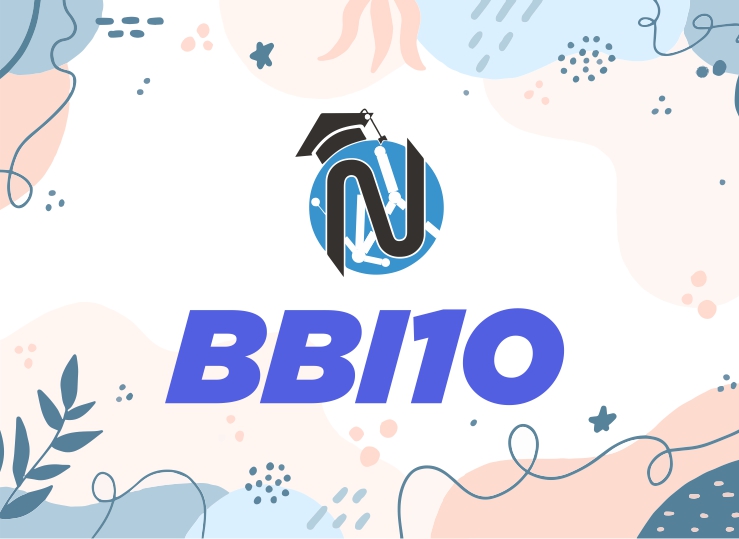
Introduction to Business (BBI1O)
Course Description
Introduction to Business – BBI1O course introduces students to the world of business. Students will develop an understanding of the functions of business, including accounting, marketing, information and communication technology, human resources, and production, and of the importance of ethics and social responsibility. This course builds a foundation for further studies in business and helps students develop the business knowledge and skills they will need in their everyday lives.
For Ministry Guideline Click Here
| Units | Descriptions | Length (Approximately) |
|---|---|---|
| Unit 1 | Business Fundamentals
|
30 hours |
| Unit 2 | Functions of Business
|
25 hours |
| Unit 3 | Finance
|
23 hours |
| Unit 4 | Entrepreneurship
|
27 hours |
| Final Culminating Task worth 10% (3 Hrs)+ Final Exam worth 20% (2 Hrs) | 5 hours | |
| Total | 110 hours | |
Overall Curriculum Expectations
By the end of this course, students will:
- Demonstrate an understanding of how businesses respond to needs, wants, supply, and demand;
- Compare types of businesses.
- Demonstrate an understanding of ethics and social responsibility in business.
- demonstrate an understanding of the benefits and challenges for Canada in the field of international business.
By the end of this course, students will:
- explain the role of production in business;
- explain the role of human resources in business;
- demonstrate an understanding of sound management practices in business;
- demonstrate an understanding of the importance and role of marketing in business;
- demonstrate an understanding of the importance and role of accounting in business;
- demonstrate an understanding of the importance and role of information and communication technology in business.
By the end of this course, students will:
- demonstrate an understanding of income and spending issues facing individuals and businesses;
- demonstrate an understanding of how banks and other financial institutions operate;
- demonstrate an understanding of effective investment practices;
- analyse the role and importance of credit in personal and business finance.
By the end of this course, students will:
- describe characteristics and skills associated with successful entrepreneurs and demonstrate an understanding of the contributions to Canadian business of selected entrepreneurs;
- analyse the importance of invention and innovation in entrepreneurship.
Assessment & Evaluation of student performance
Formative assessments are learning practices that provide important feedback to student progress. Examples include homework and quizzes.
Summative assessments form a foundation for final mark allotment at the end of the unit, term and final evaluation.
An achievement chart will be given to students at regular intervals and the purpose of the charts is to provide feedback to students in relation to content and performance strands.
| Knowledge and understanding | Communication | Thinking Inquiry and Problem solving | Application |
|---|---|---|---|
| 25% | 25% | 25% | 25% |
Unit Tests, Written assignments, presentations, Classroom Observations and Classroom conversations.










